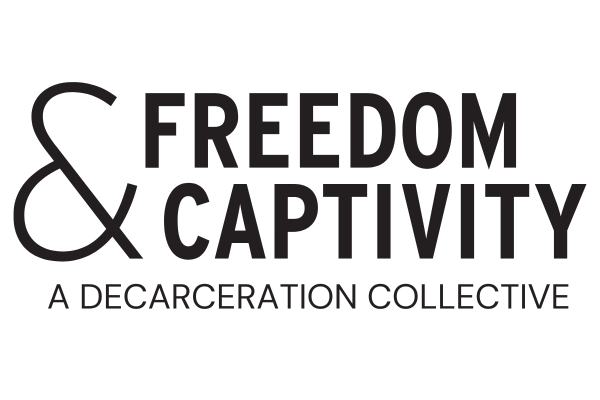Toward a Cage-Free Maine
Abolition means different things to different people. To some it references the struggle to end slavery in the United States during the decades before the Civil War. To others it represents freedom more broadly — a vision of a society free of injustice and oppression. And to another group it signals “anarchy,” the eradication of prisons and jails through a process that would cause violence and chaos.
To us, abolition is creating a society that prioritizes the healing of trauma, fosters strong community bonds, invests in the services and resources people need to live a healthy and dignified life, confronts and dismantles systems of oppression, and responds to harm with accountability and justice. Abolition means putting together the support structures and harmremediation programs that would make prisons and jails obsolete while making all of us safer and healthier.
In short, abolition is a practice of decarceration — reducing the number of people in cages, both physical and electronic — that ultimately seeks to close prisons and jails, and end other forms of punitive confinement, by building a better society, one committed to safety and security for everyone.
What does safety and security look like to you?
To us it looks like affordable housing, health care and education for all. It looks like vibrant community centers with before- and after-school activities for kids. It looks like a society willing to confront the abuses of the past by acknowledging and repairing contemporary inequalities — inequalities rooted in slavery, sexism, and the brutal colonization of indigenous communities’ land. It looks like safe schools that encourage intellectual risk-taking, where students are free to pursue ideas that excite them, to question authority, and to develop the emotional and interpersonal skills they’ll need as adults. It looks like jobs that pay a fair wage and controls on corporate greed. It looks like Substance Use Disorder treatments that help, rather than criminalize, those who struggle with drug addiction. It looks like forms of social intervention that end generational cycles of domestic and sexual violence through healing and rehabilitation. And it looks like ending the gross inequality that’s led to impoverishment and precarity for the majority and obscene riches for a privileged few.
What will this vision actually require in practice?
We know the United States is the world’s biggest jailer, with 5 percent of the global population yet 25 percent of the world’s prisoners. We know the U.S. cages a disproportionately high number of people of color, with Black people incarcerated at five times the rate of white people. We know the rate by which women are incarcerated has skyrocketed during the past two decades, primarily due to crimes related to drug use or possession. We know that more punitive laws — not rising crime rates — drove the 222 percent increase in the rate of incarceration in state prisons between 1980 and 2010. Nationally, one out of every 20 adults experiences some form of incarceration each year, and every other person in the U.S. has had a close relative put behind bars. Prison sentences in the U.S. are far longer, on average, than in all other countries. We have one of the highest recidivism (return to incarceration) rates in the world. We are one of the only countries on Earth that sentences people to “Death By Incarceration” (life sentences without the possibility of parole); 80 percent of all the people sentenced to Death By Incarceration are imprisoned in this country. Our government spends twice as much on police, prisons and courts than on income supplements, food stamps and related public-assistance programs combined.
We obviously have a massive, and worsening, incarceration problem, yet we keep pouring more public money into this hopelessly failed system. Why? As a report by Florida State researchers put it, “What other social intervention has a cost of over $50 billion annually [some experts estimate it’s actually $80 billion], a failure rate of 60% to 75%, and has been tolerated for nearly four decades?”
It’s time for a change. This is how we can make it happen.
We present here a restorative pathway to decarceration and abolition for Maine. We believe this pathway can alleviate social problems and ensure community safety much more effectively than hyper-incarceration ever could. Our vision is far-reaching and unlikely to be fully realized in our lifetimes, but it includes many building blocks we can establish right now, providing a strong foundation for future generations to continue the work.
We offer our vision in three parts: BEFORE (things that need to happen to build safe, healthy communities while keeping people out of cages); MIDDLE (things that need to happen within prisons and jails to turn them into spaces of healing and rehabilitation, rather than punishment and harm); and AFTER (things that need to happen to ensure those freed from confinement successfully rejoin their communities). The BEFORE recommendations appear in this issue, and the MIDDLE and AFTER parts will be published in the February and March issues of The Bollard. We applaud the steps being taken toward some of these goals by Maine’s Department of Corrections (DOC) and by some of Maine’s forward-thinking prosecutors, knowing that we all share the goal of living in a just and secure society.
READ ON: “A Restorative Pathway to Decarceration and Abolition,” by Catherine Besteman and Leo Hylton, originally published in The Bollard (January, February, and March 2023).
